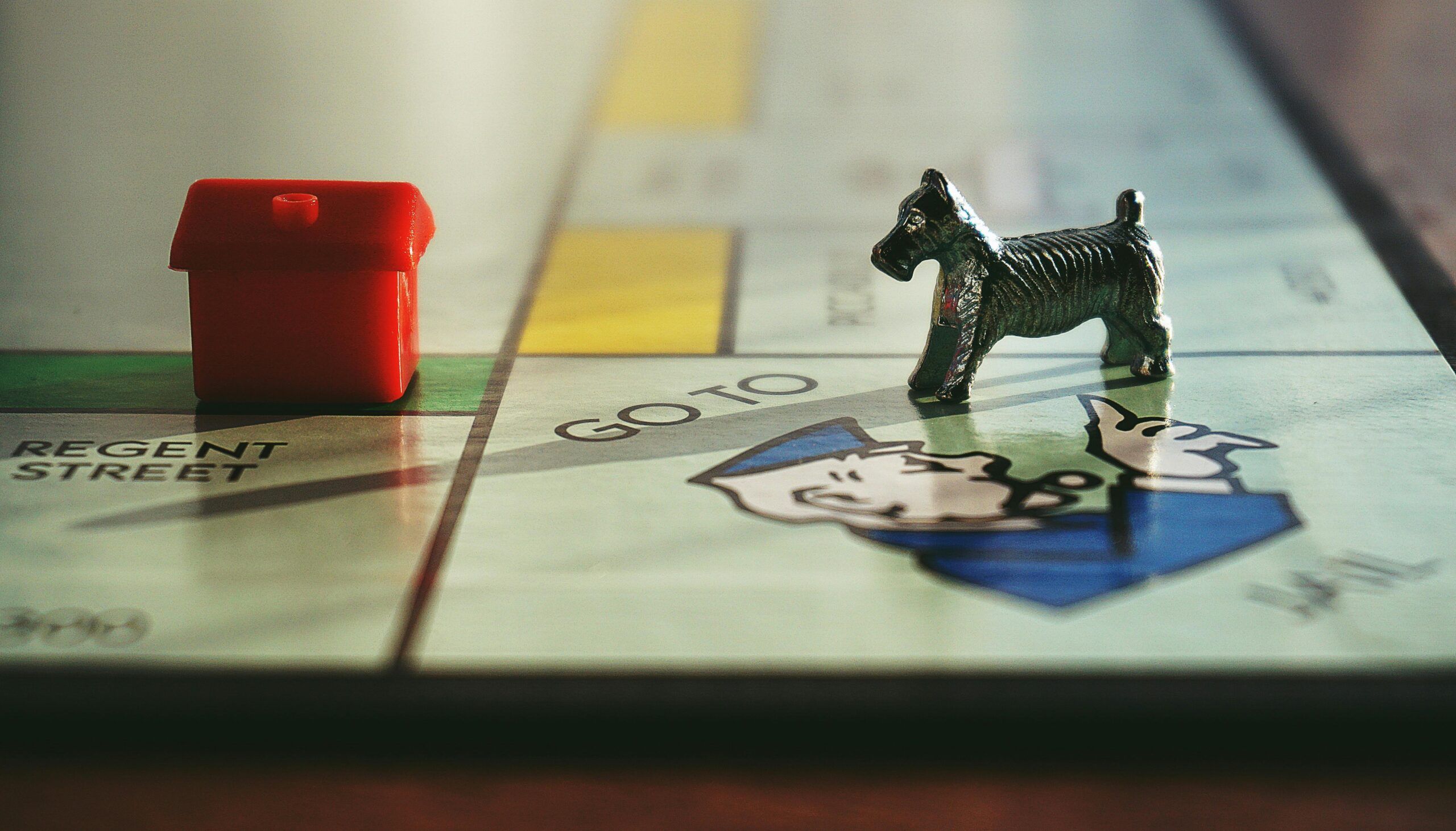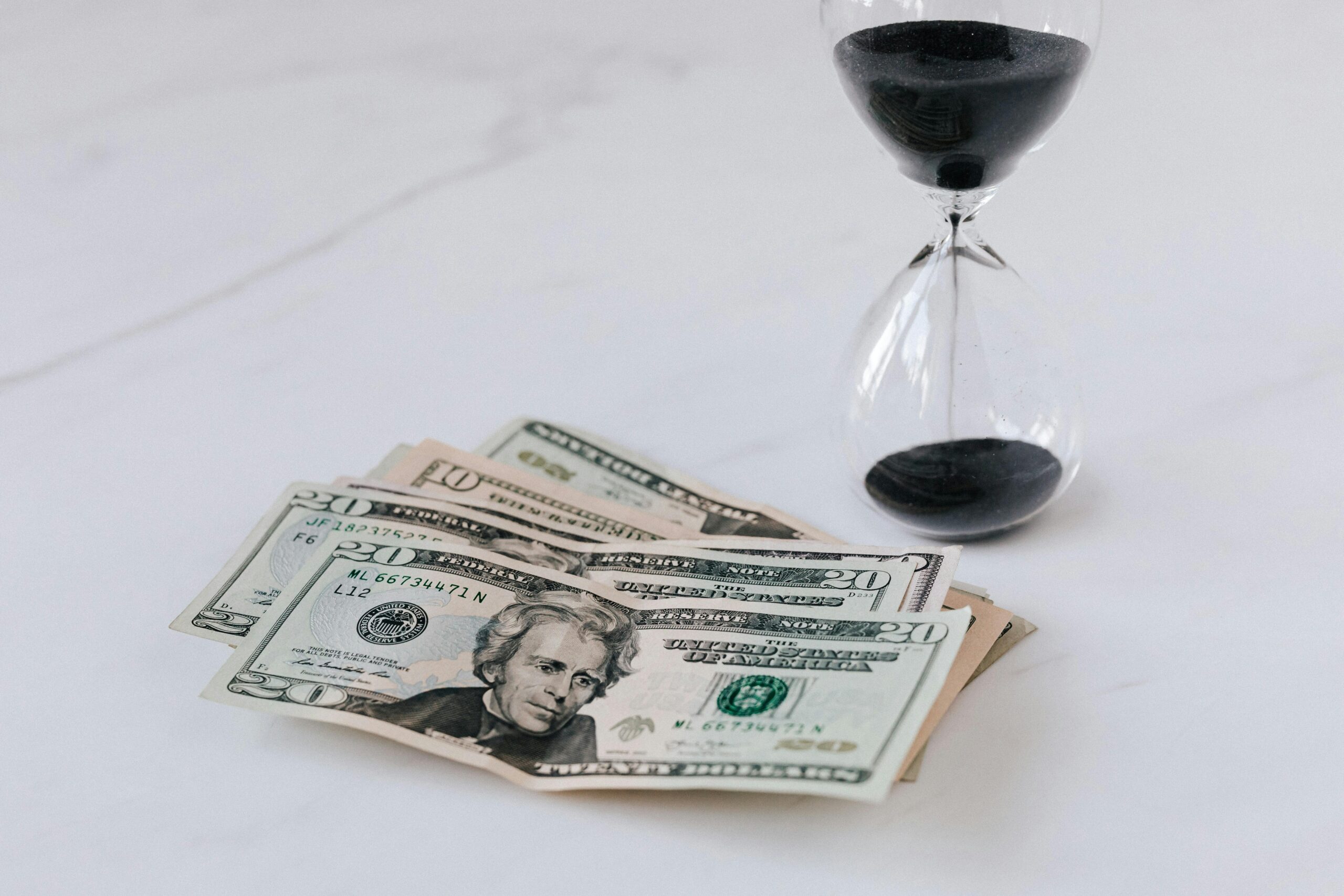Every year, consumers spend billions on items they never planned to buy, driven by psychological triggers and sophisticated marketing strategies designed to bypass rational thinking.
🧠 The Psychology Behind Impulse Purchasing Behavior
Impulse buying represents one of the most fascinating intersections between human psychology and consumer behavior. Unlike planned purchases that involve careful consideration and comparison shopping, spontaneous purchases happen in moments when emotion overrides logic. Research indicates that approximately 40-80% of all purchases contain some degree of impulse buying, making this phenomenon a cornerstone of modern retail strategy.
The brain’s limbic system, responsible for emotional responses, plays a crucial role in these spontaneous decisions. When we encounter an attractive product or compelling offer, dopamine floods our neural pathways, creating a pleasurable sensation that marketing professionals have learned to exploit. This neurochemical response happens within milliseconds, often before our rational prefrontal cortex can engage in critical evaluation.
Understanding impulse purchases requires examining the dual-process theory of cognition. System 1 thinking operates automatically and quickly, with little conscious effort. System 2 involves deliberate, analytical thought. Marketers deliberately target System 1 because it’s faster, more emotional, and less likely to question purchase decisions. The entire architecture of modern retail environments is designed to keep consumers in this intuitive, reactive state.
🎯 Strategic Store Layout and Product Placement
Retail environments are meticulously engineered psychological laboratories where every element serves a purpose. The science of store layout begins before customers even enter, with strategic placement of shopping carts and baskets that psychologically commit shoppers to making purchases. Once inside, the journey becomes a carefully choreographed experience designed to maximize spontaneous buying.
Supermarkets typically place fresh produce near entrances for specific psychological reasons. Vibrant fruits and vegetables create positive associations with health and freshness, putting shoppers in a good mood and making them more receptive to subsequent purchases. This technique, known as the “halo effect,” influences perceptions throughout the shopping experience.
The deliberate placement of essential items like milk and bread at store perimeters forces customers to traverse the entire shopping space, exposing them to hundreds of non-essential products along the way. This strategic positioning transforms a quick trip for necessities into an obstacle course of temptation. Impulse purchases typically increase proportionally with time spent in-store.
The Power of Eye-Level Positioning
Product placement at eye level generates significantly higher sales than items positioned above or below natural sight lines. Retailers call this prime real estate “bull’s eye zone,” and manufacturers pay premium fees for this positioning. Studies show that products placed at eye level sell approximately 35% more than the same items positioned just one shelf higher or lower.
Children’s products are strategically placed at their eye level, creating a direct appeal that parents must actively resist. This tactic transforms young shoppers into advocates for impulse purchases, leveraging parent-child dynamics to drive spontaneous buying decisions. The “pester power” phenomenon demonstrates how marketing extends beyond individual psychology into family relationship dynamics.
💳 Digital Marketing and Online Impulse Triggers
E-commerce has revolutionized impulse buying by removing physical barriers between desire and purchase. One-click ordering systems eliminate the friction that might otherwise allow rational thinking to intervene. Digital platforms have perfected the art of reducing decision-making time, creating seamless pathways from browsing to buying that capitalize on momentary desires.
Online retailers employ sophisticated algorithms that analyze browsing behavior, purchase history, and demographic data to present personalized temptations. These recommendation engines don’t simply suggest relevant products; they identify psychological vulnerabilities and present offers at precisely calculated moments when resistance is lowest. Machine learning systems continuously optimize these tactics based on what successfully triggers purchases.
Flash sales and countdown timers create artificial scarcity that triggers loss aversion, a powerful cognitive bias where potential losses loom larger than equivalent gains. When shoppers see “Only 3 items left!” or “Sale ends in 2 hours!”, their decision-making shifts from “Do I need this?” to “Can I afford to miss this?” This subtle reframing dramatically increases spontaneous purchases.
Social Proof and FOMO Marketing
Digital platforms leverage social proof through customer reviews, ratings, and notifications about what others are purchasing. Messages like “347 people bought this in the last hour” create bandwagon effects that make products seem more desirable. This tactic exploits our evolutionary tendency to follow crowd behavior, assuming that popular choices are inherently safer and better.
Fear of missing out (FOMO) has become a dominant force in digital marketing. Limited edition products, exclusive early access, and member-only sales create psychological pressure that bypasses rational evaluation. Social media amplifies these effects by showcasing what others have purchased, creating subtle social competition that drives unnecessary consumption.
🎨 Color Psychology and Sensory Marketing
Colors profoundly influence purchasing behavior through both cultural associations and biological responses. Red creates urgency and excitement, which explains its prevalence in clearance signs and call-to-action buttons. Blue conveys trust and security, making it popular for financial services. Yellow attracts attention and communicates optimism, though excessive use can trigger anxiety.
Retailers carefully orchestrate multisensory experiences that lower psychological defenses. Background music tempo influences shopping pace—slower music encourages browsing and increases time spent in stores. Specific scents trigger emotional responses; the smell of fresh bread in supermarkets or leather in luxury car dealerships creates positive associations that facilitate purchases.
Lighting design affects how products appear and how shoppers feel. Warm lighting creates intimacy and comfort, encouraging longer browsing sessions. Bright, cool lighting conveys efficiency and value, common in discount retailers. These subtle environmental factors operate below conscious awareness while significantly impacting buying behavior.
💰 Pricing Psychology and Perceived Value
Price presentation dramatically affects purchase decisions through cognitive biases that marketers expertly manipulate. Charm pricing—ending prices with .99 or .95—remains effective despite widespread awareness. Our brains process these prices as categorically different from round numbers, perceiving $19.99 as significantly cheaper than $20.00, even though the difference is negligible.
Anchoring effects occur when initial price information establishes a reference point for evaluating subsequent offers. When retailers show original prices crossed out beside sale prices, the comparison makes discounts seem more significant. The anchor doesn’t need to be genuine; merely displaying a higher number first influences perceived value.
The Decoy Effect in Action
Strategic pricing of multiple options can manipulate choices through the decoy effect. When three products are offered—small, medium, and large—most people choose medium. However, pricing the large option only slightly higher than medium suddenly makes large seem like better value, driving more expensive purchases. This tactic guides consumers toward specific options while maintaining the illusion of free choice.
Bundle pricing creates perceived value by combining products at a discount compared to individual prices. Even when bundles include items consumers don’t need, the overall savings feel compelling. This tactic increases average transaction values while clearing slower-moving inventory, serving multiple business objectives simultaneously.
📱 Mobile Commerce and Micro-Moments
Smartphones have transformed impulse buying by making shopping possible during previously unavailable micro-moments throughout the day. Waiting in line, commuting, or relaxing at home—every idle moment becomes a potential shopping opportunity. Mobile apps eliminate barriers between impulse and action, turning momentary desires into completed transactions.
Push notifications deliver personalized offers precisely when algorithms predict maximum receptivity. These messages capitalize on location data, time of day, and behavioral patterns to present irresistible opportunities. The combination of personalization and convenience makes mobile commerce an increasingly powerful driver of spontaneous purchases.
Social commerce integrates shopping directly into social media platforms, removing the final barriers between inspiration and purchase. Instagram shopping tags and Facebook marketplace eliminate the need to leave entertainment environments to complete transactions. This seamless integration capitalizes on emotional states induced by social media engagement.
🛒 The Role of Loyalty Programs and Gamification
Loyalty programs transform shopping into games where purchases earn points, rewards, and status. This gamification creates psychological investment that encourages more frequent purchases and reduces price sensitivity. The endowment effect makes accumulated points feel like personal assets, driving additional purchases to reach reward thresholds.
Tiered membership systems exploit status-seeking behavior by creating exclusive levels that require increased spending. The psychology of progress—watching a membership bar fill or points accumulate—triggers the Zeigarnik effect, where incomplete tasks create psychological tension that demands resolution. Shoppers make unplanned purchases to reach the next tier or unlock rewards.
Points expiration dates create artificial urgency that drives unnecessary purchases. When loyalty points approach expiration, consumers rationalize spontaneous buying as “saving money” or “not wasting” accumulated value, even when the purchase itself wasn’t needed. This mental accounting trick converts perceived assets into actual revenue.
🎁 The Subscription Economy and Recurring Impulse
Subscription services have revolutionized impulse buying by automating spontaneous purchases. Monthly subscription boxes deliver curated products that consumers didn’t specifically choose, transforming impulse buying into a recurring, anticipated event. The surprise element triggers reward responses similar to gambling, creating addictive consumption patterns.
Streaming services, software subscriptions, and membership programs use free trials to bypass initial purchase resistance. Once integrated into daily routines, these services become difficult to cancel due to loss aversion and status quo bias. The subscription model transforms one-time impulse purchases into ongoing revenue streams.
🧩 Cognitive Biases Marketers Exploit
Loss aversion makes potential losses feel approximately twice as painful as equivalent gains feel pleasurable. Marketers frame offers to emphasize what customers will lose by not purchasing rather than what they’ll gain by buying. “Don’t miss out” messaging proves more effective than “Get this benefit” because it triggers stronger emotional responses.
The endowment effect makes us value things more highly once we possess them. Free trials, generous return policies, and “try before you buy” programs exploit this bias by creating temporary ownership. Once consumers physically possess products, returning them feels like a loss rather than a return to baseline.
Present bias causes us to overvalue immediate rewards while undervaluing future consequences. Buy now, pay later services capitalize on this tendency by making purchases feel cost-free in the moment. The delayed payment structure separates pleasure from pain, encouraging larger and more frequent impulse purchases.
🛡️ Building Awareness and Resistance Strategies
Understanding marketing tactics represents the first step toward more conscious consumption. Awareness of psychological triggers doesn’t eliminate their influence entirely, but it creates space for rational evaluation before spontaneous purchases. Recognizing when emotions drive decisions enables consumers to pause and reconsider whether purchases align with actual needs and values.
Practical strategies for resisting impulse purchases include implementing waiting periods before buying non-essential items. The 24-hour rule—delaying purchases for a day—allows initial emotional intensity to diminish, enabling more rational evaluation. Many impulses fade when separated from immediate gratification opportunities.
Creating shopping lists and committing to purchase only listed items reduces spontaneous buying. This strategy works best when combined with avoiding shopping while hungry, tired, or emotionally distressed, as these states lower resistance to impulse triggers. Removing saved payment information from websites and apps introduces friction that provides opportunities for reconsideration.
Budget tracking applications help visualize the cumulative impact of small spontaneous purchases. When isolated transactions seem insignificant, but monthly totals reveal substantial expenditure, the disconnect between individual impulses and financial consequences becomes clear. This awareness can motivate more disciplined purchasing behavior.

💡 The Future of Impulse Marketing
Emerging technologies promise to make impulse buying even more frictionless and psychologically compelling. Virtual and augmented reality shopping experiences will eliminate the final barriers between desire and purchase by enabling virtual product interaction before buying. These immersive technologies will create emotional connections that traditional online shopping cannot replicate.
Artificial intelligence will enable hyper-personalization that predicts desires before consumers consciously recognize them. Predictive analytics will identify psychological vulnerabilities with unprecedented precision, delivering perfectly timed offers that feel almost telepathic. The line between authentic desire and manufactured need will become increasingly blurred.
Voice-activated shopping through smart speakers reduces purchasing to simple verbal commands, eliminating nearly all friction between impulse and action. As these systems become more sophisticated and trusted, they’ll increasingly make autonomous purchasing decisions based on learned preferences and predictive algorithms.
Understanding the science behind impulse buying empowers consumers to make more intentional choices while helping marketers create more effective strategies. This knowledge transforms unconscious reactions into conscious decisions, whether the goal is driving sales or maintaining financial discipline. The psychology underlying spontaneous purchases reveals fundamental truths about human decision-making that extend far beyond retail environments, offering insights into how we navigate a world designed to capture our attention and influence our choices at every turn.
Toni Santos is a behavioural economics researcher and decision-science writer exploring how cognitive bias, emotion and data converge to shape our choices and markets. Through his studies on consumer psychology, data-driven marketing and financial behaviour analytics, Toni examines the hidden architecture of how we decide, trust, and act. Passionate about human behaviour, quantitative insight and strategic thinking, Toni focuses on how behavioural patterns emerge in individuals, organisations and economies. His work highlights the interface between psychology, data-science and market design — guiding readers toward more conscious, informed decisions in a complex world. Blending behavioural economics, psychology and analytical strategy, Toni writes about the dynamics of choice and consequence — helping readers understand the systems beneath their decisions and the behaviour behind the numbers. His work is a tribute to: The predictable power of cognitive bias in human decision-making The evolving relationship between data, design and market behaviour The vision of decision science as a tool for insight, agency and transformation Whether you are a marketer, strategist or curious thinker, Toni Santos invites you to explore the behavioural dimension of choice — one insight, one bias, one choice at a time.




